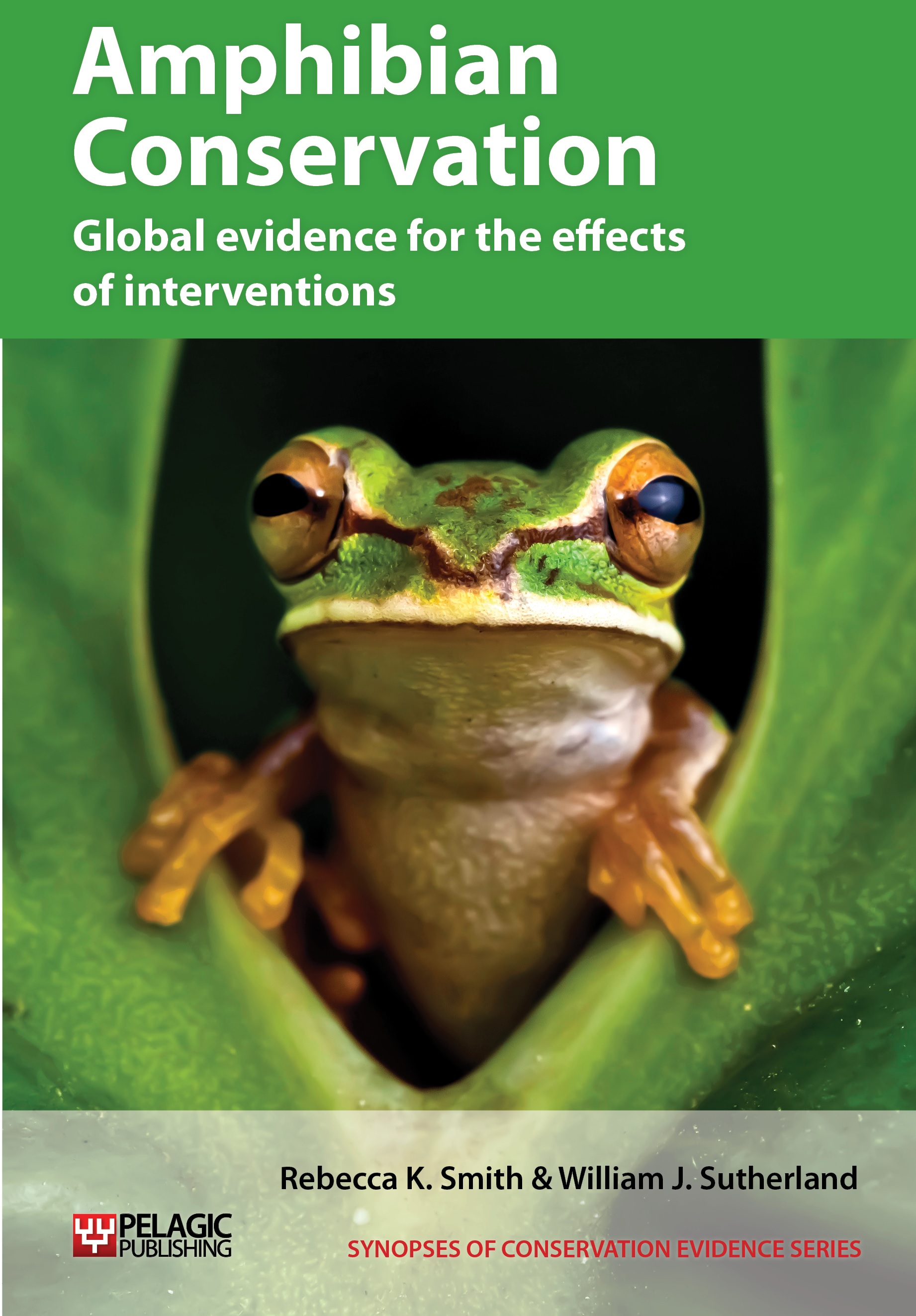Remove tree canopy to reduce pond shading
-
Overall effectiveness category Unknown effectiveness (limited evidence)
-
Number of studies: 2
View assessment score
Hide assessment score
How is the evidence assessed?
-
Effectiveness
30% -
Certainty
25% -
Harms
0%
Study locations
Supporting evidence from individual studies
A before-and-after study in 1994–1997 of two restored ponds in Jutland, Denmark (Jensen 1997) found that translocated garlic toads Pelobates fuscus established breeding populations of in both ponds. Breeding was recorded in one in 1996 and the other in 1997. Ponds were restored by removing surrounding willows and by levelling the banks of one pond. Forty-three toads were captured from a pond being eliminated by development. Four egg strings were laid and raised in captivity. The 43 adults and 1,000 tadpoles were released into one of the restored ponds in 1994. Toads were monitored by tadpole and call surveys.
Study and other actions testedA before-and-after study in 2005–2007 of a restored forest pond in Illinois, USA (Sacerdote & King 2009) found that hatching success of spotted salamanders Ambystoma maculatum did not increase following canopy removal. Two egg masses failed in 2005 and 2006 before canopy removal and two failed in 2007 after removal. Restoration started in 2000 and included destruction of drainage tiles, clearing of invasive plants and prescribed burning. Canopy thinning was undertaken in winter 2006–2007. An egg mass was placed in two mesh enclosures (56 x 36 x 36 cm) in the pond. Eggs were monitored every five days until hatching was complete.
Study and other actions tested
Where has this evidence come from?
List of journals searched by synopsis
All the journals searched for all synopses
This Action forms part of the Action Synopsis:
Amphibian Conservation
Amphibian Conservation - Published 2014
Amphibian Synopsis





)_2023.JPG)














